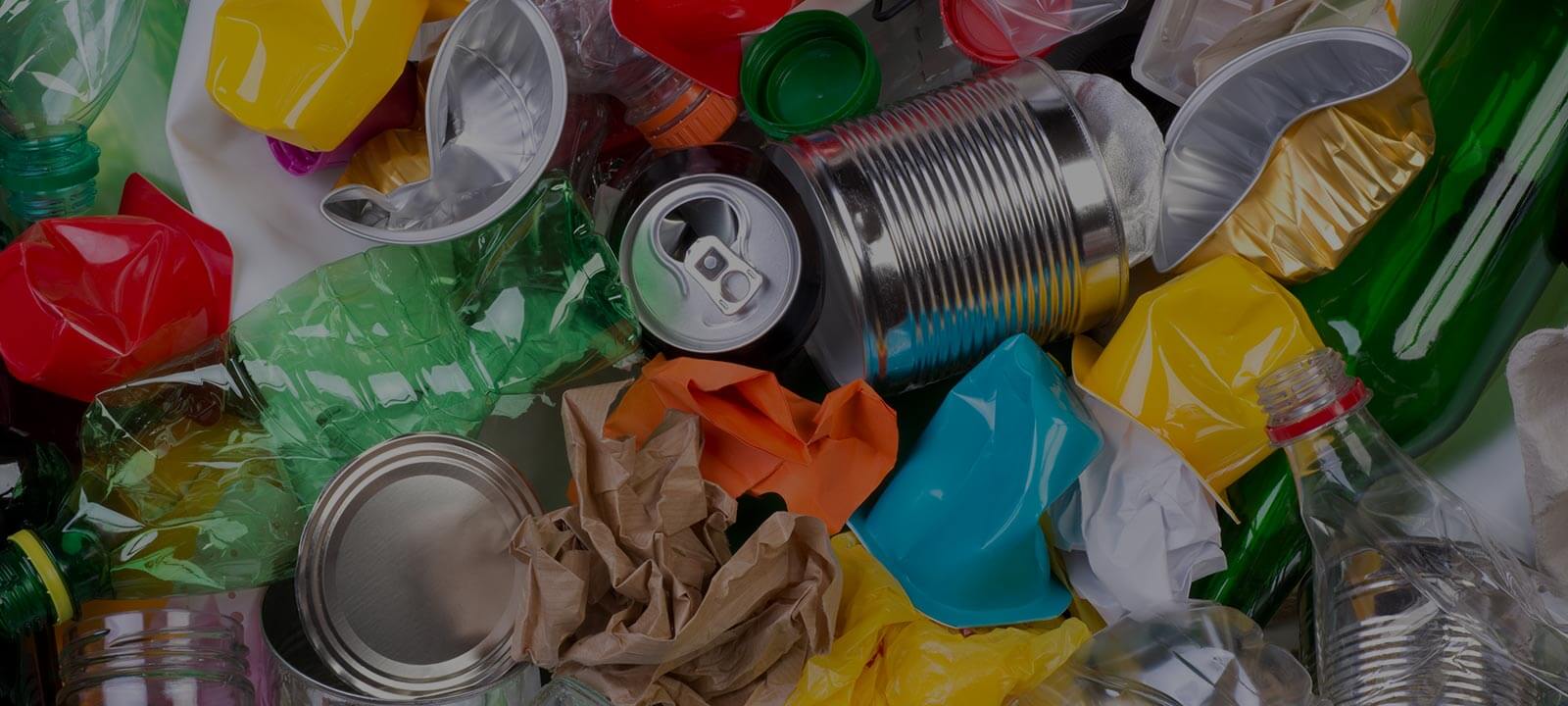Commercial Premises Waste Reduction Tips
Posted on 05/10/2025
Commercial Premises Waste Reduction Tips
As businesses strive to become more sustainable, waste reduction in commercial premises has become a critical area of focus. Managing waste is not only good for the environment but also can reduce operational costs and improve a company's reputation. Below, we explore various tips and strategies to effectively minimize waste in commercial settings.
1. Conduct a Waste Audit
Before implementing any waste reduction strategies, it's essential to understand the current waste output of your premises. A waste audit involves analyzing the type, quantity, and source of waste being generated. This data helps in setting benchmarks and identifying areas for improvement.

2. Implement a Recycling Program
Setting up a comprehensive recycling program can significantly cut down on waste. Provide separate bins for paper, plastics, glass, and organic waste. Make sure employees are educated about what can and cannot be recycled to avoid contamination.
3. Reduce Paper Usage
Despite the digital age, many commercial premises still rely heavily on paper. Encourage the use of digital documents and e-signatures to reduce paper consumption. Print only when necessary and use double-sided printing options to minimize waste.
4. Optimize Inventory Management
Overstocking can lead to significant waste, especially for perishable items. Implement efficient inventory management practices to ensure only the necessary amount of stock is ordered. Consider using inventory management software to track and predict stock needs accurately.
5. Encourage Reusable Items
Promote the use of reusable items such as coffee mugs, water bottles, and shopping bags. Provide these items to employees and encourage their use within the premises. This can significantly reduce the amount of single-use plastic waste.
6. Donate Unused Items
Rather than discarding unused items like office supplies, electronics, or furniture, consider donating them to local charities or schools. Many organizations would gladly accept these items, helping you reduce waste and support the community.
7. Compost Organic Waste
If your premises generate a significant amount of organic waste, consider setting up a composting system. Composting can turn food waste, coffee grounds, and other organic materials into valuable compost that can be used in landscaping or donated to local farms.
8. Use Efficient Technology
Incorporate energy-efficient appliances and equipment to reduce waste related to energy consumption. For example, LED lighting can significantly reduce energy usage and waste compared to traditional incandescent bulbs.
Pros and Cons of Waste Reduction
While waste reduction has undeniable benefits, it's worth understanding both the pros and cons:
Pros:
- Cost Savings: Reduced waste means lower disposal costs and potential savings on materials.
- Environmental Benefits: Decreasing waste helps lower your carbon footprint and conserves natural resources.
- Improved Reputation: Businesses that prioritize sustainability may enjoy enhanced brand loyalty and positive public relations.
Cons:
- Initial Costs: Setting up comprehensive waste reduction programs can require an initial investment.
- Employee Training: Time and resources may need to be allocated for educating staff on new waste reduction practices.
- Maintenance: Continuous monitoring and management of waste reduction initiatives may require ongoing effort.
Tips for Sustaining Waste Reduction Efforts
- Engage Employees: Make waste reduction a part of the company culture by involving employees at all levels.
- Continuous Improvement: Regularly review and update your waste reduction strategies to ensure they remain effective.
- Educate and Communicate: Keep everyone informed about the goals, successes, and challenges of your waste reduction efforts.

Takeaways
Effective waste reduction in commercial premises can offer numerous benefits, from cost savings to environmental protection. Conducting a waste audit, implementing recycling programs, reducing paper usage, and encouraging the use of reusable items are all actionable steps to minimize waste. Additionally, consider the pros and cons to develop a balanced approach that suits your business needs.
Conclusion
Waste reduction is not just an environmental responsibility but also a smart business strategy. By implementing the tips and strategies outlined in this article, commercial premises can significantly cut down on waste, improve their sustainability credentials, and enjoy not just environmental but also financial benefits. Start today by conducting a waste audit and prioritizing areas for improvement. Small changes can lead to significant results over time.










